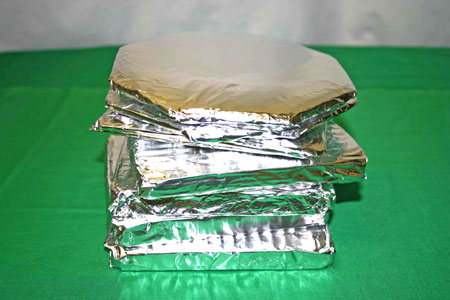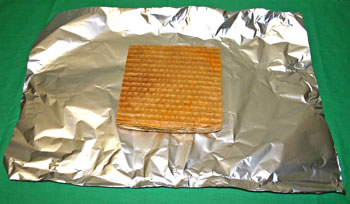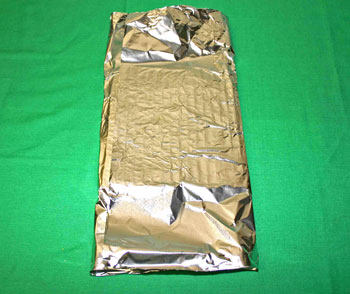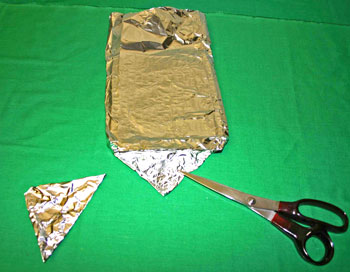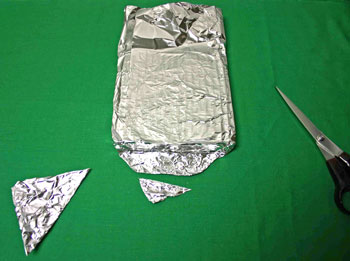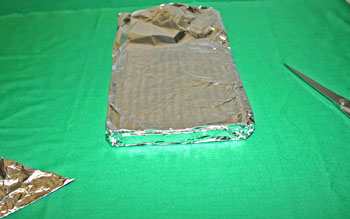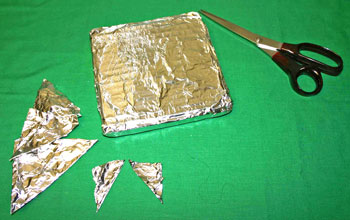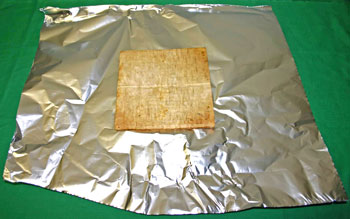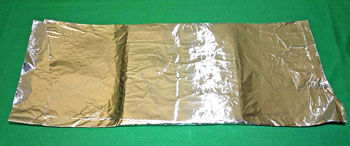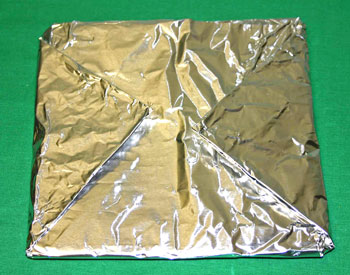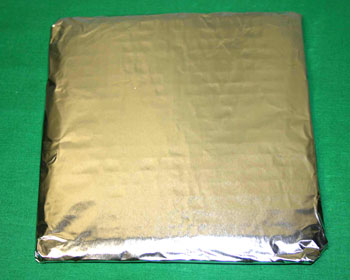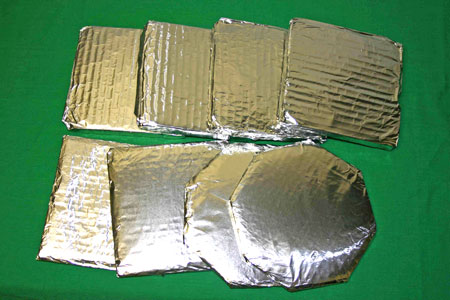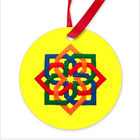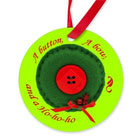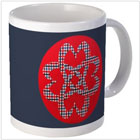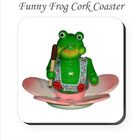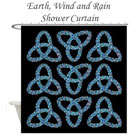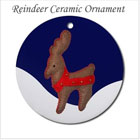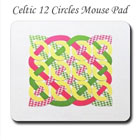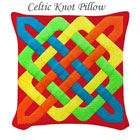|
funEZcrafts
New projects! |
Welcome! Come on in and visit awhile... |
|
| fun, easy and inexpensive craft projects for pleasure and profit |
Visit our funEZ Bazaar Celtic Mugs Section! |
Frugal Fun Projects - Aluminum Foil TrivetDo you want to protect your dining table and counters from hot pans and dishes, but the trivets in stores are breakable, heavy and difficult to clean? Here's a frugal fun project for how to make an aluminum foil trivet. These trivets are simple, inexpensive and easy to clean. Plus, they last for years. Yes, you can still use the pretty tile or iron or woven trivets for those special meals with family or guests. But, for everyday use, these trivets last for years. You can drop them - they won't break or break your floor covering or your toes. If something gets spilled on them that's too difficult to clean, just recover them. They will be like new. The aluminum foil trivets shown in the examples are over 30 years old. They began in college days and have been recovered several times over the years. They're lightweight, easy to store and easy to clean with a wet, soapy cloth.
Frugal Fun Projects: Aluminum Foil Trivets Materials and Tools:
The Steps for How to Make the Frugal Fun Projects: Aluminum Foil Trivets:Cut cardboard shape to the size you want. This one is six inches by six inches. The cardboard is double corrugated making it thicker, roughly 3/4 inch. You can put two layers of cardboard to achieve the same thickness. Cut the aluminum foil larger than the cardboard shape in order to wrap the cardboard fully in the aluminum.
Wrap the sides around the back of the cardboard.
Fold the ends to make two separate triangles of foil. Trim the back triangle such that the remaining can fold down across the end.
Trim the triangle from the front to have enough to fold twice before covering the end.
Here, the foil covers the end. Keeping the foil from the back allows the trivet to be easily used top or bottom.
Perform the same steps to cover the other end.
This cardboard includes only one thickness of corrugated board. Again, cut the cardboard to size and the aluminum foil larger than the cardboard.
Fold the foil over the back of the cardboard.
Make triangles on each end and fold to the back. The earlier process does not work with the thinner cardboard. Thus, the thinner trivet is not reversible from top to bottom.
From the top, the thinner trivet is smoother.
Both the thick and thin trivets protect table tops and counter space from being burned by hot pans and dishes.
The aluminum foil trivet is not fancy, but it does the job. Plus, the advantages of being lightweight, easy to clean and easy to store add to the frugality of the project. |
Visit our
funEZ Bazaar!
Sign up for our FREE newsletter and receive free access to a How to Sew Stitches downloadable e-book and a Cute Kitty project. Even fun for those who already know How to Sew Stitches!
funEZcrafts e-books!
Our fun felt Christmas Ornaments
Click on Sam the Siamese for access to our Cute Kitty project
|
© Copyright funEZcrafts, 2008-2015. All Rights Reserved.
Disclaimer: funEZcrafts includes advertisements and links to affiliate sites. By clicking through to an affiliate site, the prices do not increase. But, funEZcrafts receives a small percentage of the purchase amount. For that, thank you! Those funds help with the maintenance and addition of funEZcrafts projects.

